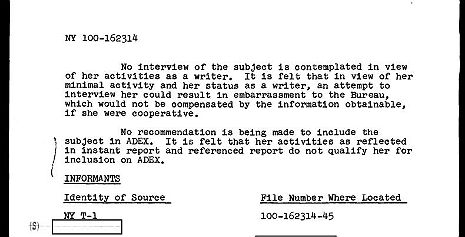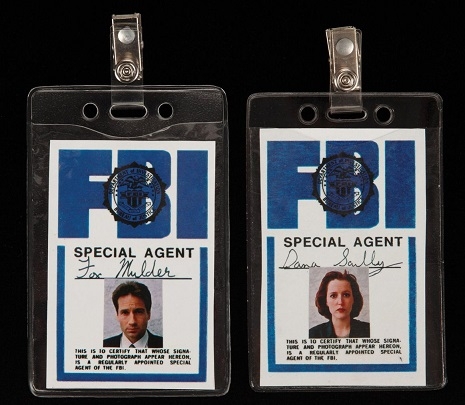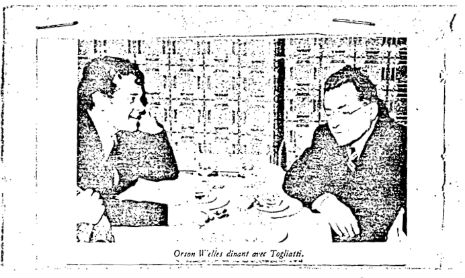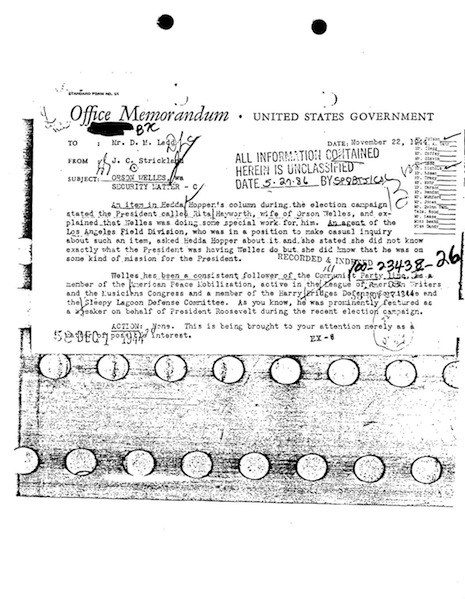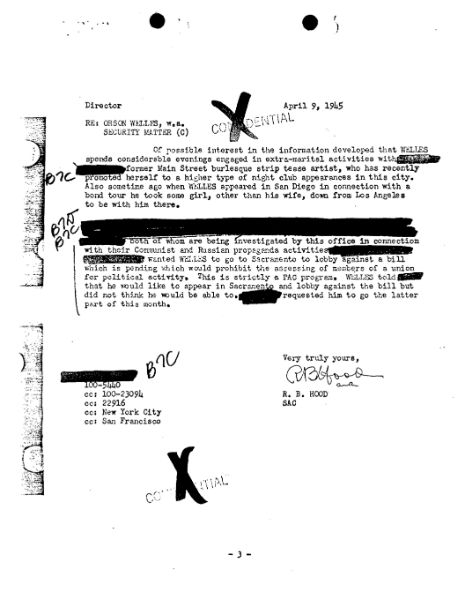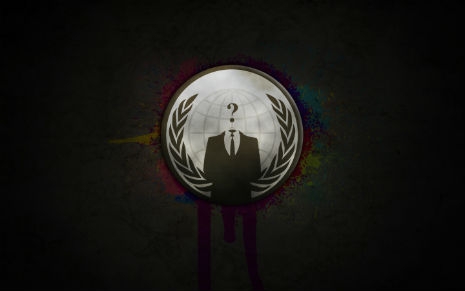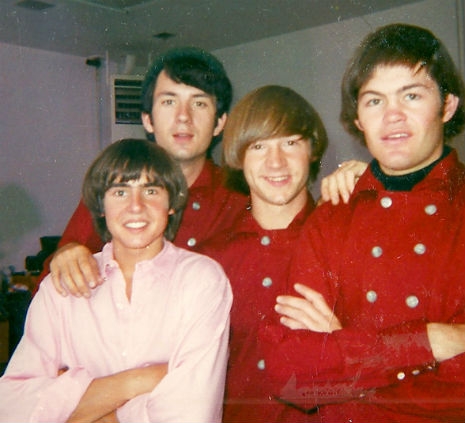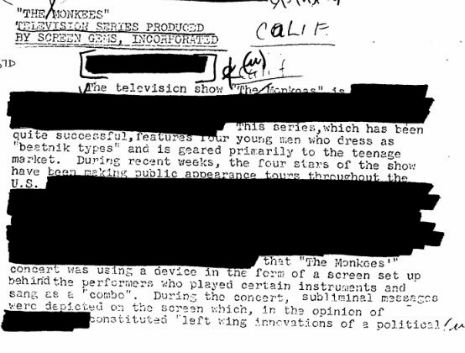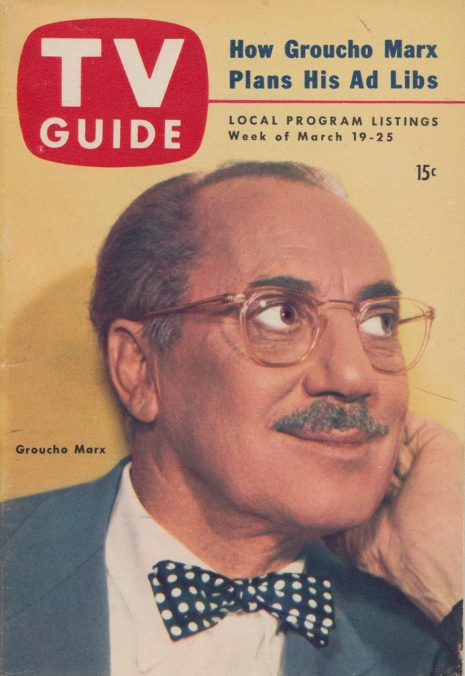
The other day I was refreshing my memory on Groucho’s LSD escapade with Paul Krassner, when it occurred to me that it might be beneficial to see if the FBI ever had a file on Groucho.
Of course they did, and it’s available for anyone to look at, heavily redacted of course. The Xerox machines at the FBI a few decades ago were super shitty (a feature not a bug?) so a lot of the pages you can’t make out a damn thing, but other sections are perfectly legible.
If you know anything about J. Edgar Hoover and the FBI, the contents here aren’t too surprising—they were mainly worried that Groucho might be a Commie (if not a Marxist) in the early to mid-1950s. There are countless (redacted) reports to the effect that Groucho had a lot of pro-Communist sympathies but was almost certainly not an actual party member. (I guess the G-men already knew that he’d refuse to join any club that would have him as a member?) There are some interesting references to a quotation of Groucho’s that appeared in the Daily Worker in 1934 that went “The battle of the Communists for the lives of these boys is one that will be taught in Soviet America as the most inspiring and courageous battle ever fought.”
Keep in mind that in 1934 Hitler was running Germany but not yet regarded as an obvious scourge to be eliminated. Still his anti-Jewish sentiments were clear enough. As a well-informed Jewish American it would be weird if Groucho hadn’t gotten interested in Communism around then. Plus for similar reasons the mid-1930s was a high-water mark for leftist and/or pro-Soviet feeling, especially once the Spanish Civil War got going in 1936. A lot of people who weren’t all that political got into trouble later for things they did (and thought) before WWII.
There’s also some business about Groucho and Chico being found guilty in a copyright infringement case in 1937 and having to pay a $1,000 fine.
For some reason Groucho (né Julius) is invariably referred to as “GRAUCHO MARX.” Once we reach the 1960s he is referred to as “Groucho.” I don’t know what’s up with that. In the summary sections of the file there is some background about how musically talented Groucho and his brothers are—the musical talents of Harpo and Chico are well known, but the file also, intriguingly, says this: “GRAUCHO MARX is rated as one of the best guitar players in the country.”
Did any of you know that?? So Groucho Marx, was, in a sense (at least according to his FBI file) a peer of Charlie Christian, Jimi Hendrix, and Eddie Van Halen? Well, maybe, maybe not.
There’s some business I don’t understand from 1957 about someone trying to “extort” Groucho. I can’t tell if it’s just a weird piece of fan mail that was referred to the FBI that they were obliged to look into or something more serious. On that page there is this chilling passage:
The death threat letter sent to GROUCHO MARX from ELVIS PRESLEY fanatics from Brooklyn stating that GROUCHO wouldn’t live through the holidays, might seem ridiculous if it weren’t such a serious offense to send such a threat through the mails.
Much more from the Groucho file, after the jump…....







